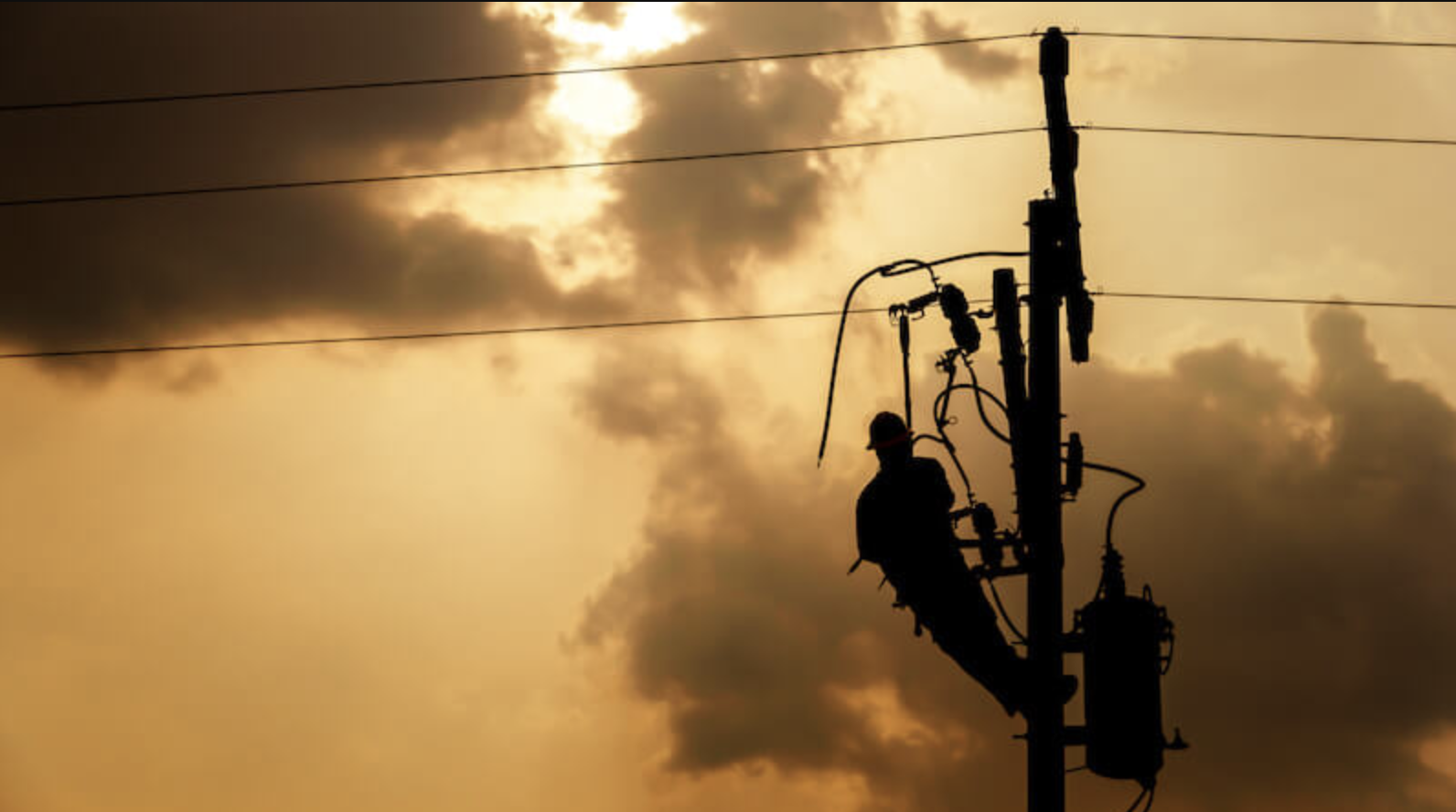
How does Daylight Savings Time Save Energy?
Learn how daylight savings time affects energy usage around the world.
Is daylight savings time archaic? Should we keep it? Get rid of it?
There have been several movements in recent years to try to end daylight saving time (DST) in different parts of the world. California, Oregon, and Washington in the United States. Also, Canada, Europe, and Australia have had calls to end DST.
These movements to end DST were driven by various reasons, such as the potential benefits to public health, reducing confusion and disruptions, or aligning with other states or countries.
On the other hand, some people say that it helps to save energy. In this age of the 21st Century Energy Revolution, does DST have a different purpose?
The Energy Policy Act of 2005 extended the length of DST by four weeks, intending to save energy.
Let's explore how this may be the case.
What Time Does Your Sun Set?
Daylight Savings Time is the practice of advancing clocks (typically by one hour) during warmer months so that darkness falls at a later clock time.
But as we continue to discuss the time of day and sunset and sunrise times, remember that it also depends on where you live. Sunrise and sunset times depend on several variables, including longitude, latitude, altitude, and location in relation to your specific Time Zone. Take a look at the map below created by Brian Brettschneider, showing sunset times across the country during the summer solstice. Daylight Savings Time covers the summer and some of the spring and fall.

How Can Daylight Savings Time Save Energy?
It has been argued that daylight saving time (DST) can lead to a reduction in energy consumption because the additional hour of daylight in the evening leads to a decrease in the use of lighting and heating. When there is more daylight, people tend to spend more time outside or engage in activities that require less energy. This may lead to a decreased use of lights and heating or cooling in the evening.
Will Daylight Savings Time Save Me Money?
The short answer is probably not. But let's see why.
The energy pricing market is changing with increased energy demand.
Time-of-use (TOU) is probably how your electric utility pricing is structured. While there are different rate structures, TOU is becoming more popular. It charges different rates based on the time of day that energy is used.
The rates are typically higher during periods of peak demand, and lower during periods of off-peak demand. The goal of TOU billing is to encourage customers to shift their energy use to off-peak times, which can help utilities manage peak demand and reduce the need for expensive infrastructure.
One of the most prominent solutions customers are taking into their own hands to save on electricity bills is solar panels. However, solar panels have been having a big effect on the power grid. So big in fact, it has been named after an animal.
The "duck curve" is a graph that illustrates the changing pattern of electricity demand on the power grid as a result of the increased use of solar power. The duck curve shows the difference between electricity demand during the day, when solar panels are generating power, and electricity demand in the evening, when solar panels are no longer generating power and people are returning home, turning on lights and appliances.

Due to this change in energy demand on the grid, utility companies have been changing their on-peak charge time. In California, for example, the on-peak time was changed from 12 pm - 6 pm to 4 pm - 9 pm.
From 4 pm to 9 pm, the sun is dimmer and lights are needed. So even if DST has shifted the sunlight time by an hour, utility companies are shifting their on-peak charge time during times when the sun isn't out because of higher demand.
Did the Energy Policy Act of 2005 save us energy?
No. Well, nothing significant.
After the Energy Policy of 2005, a study was published in 2008 that evaluated the energy savings from daylight saving time (DST) called "The impact of daylight saving time on US national energy consumption." It was written by Matthew Kotchen and Laura Grant, both are economists from Yale University.
The study found that the energy savings from DST are small. The savings did not outweigh the costs of the disruption caused by the time change that occurs twice a year. The extra hour of daylight in the evening during DST results in people using more energy for lighting and other purposes in the morning.
There were several other studies done on the effects of DST:
A study published in the journal Nature Energy in 2018, found that DST causes an increase in energy consumption due to higher evening demand for electricity. During the summer months, people tend to spend more time at home in the evening, leading to increased use of lights, appliances, and heating/cooling systems.
Additionally, a study published in 2020, found that the energy savings from DST are small and depend on the specifics of the region, such as the climate and the patterns of energy consumption.
Written by Hannah Bastawrose (Seeger)
Hannah graduated from Penn State with a Bachelors Degree in Mechanical Engineering and a Minor in Meteorology.
Connect
Recent Posts
How to Report a Power Outage In Your Area
Ever found yourself in a sudden blackout? Here's how you can report a power outage quickly and effectively.
April 2024

4 minutes

Ways to Receive Financial Assistance With Your Electricity Bill in Texas
Struggling with utility bills in Texas? Discover programs and resources to help you manage utility costs.
April 2024

5 minutes

Provider Comparison: TXU Energy vs Green Mountain Energy
TXU Energy vs Green Mountain Energy. See which provider we recommend to power your home or business in Texas.
March 2024

4 minutes



